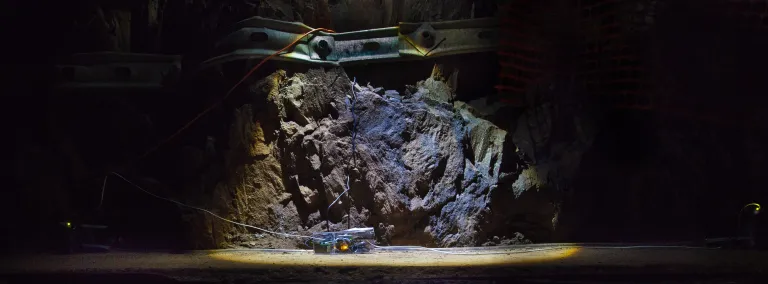
Transparent Earth
Transparent Earth is a deep seismic observatory for scientific investigations, sensor technology development, and safety at the Sanford Underground Research Facility.
The observatory does rapid imaging of dynamic processes underground. The project was originally conceived in three parts: a novel three-dimensional seismic array, research and development of unique MEMS-based downhole seismic instrumentation and implementation of software to locate and characterize underground seismic events associated with rock damage mechanisms at SURF. Extensive underground space at SURF, including 370 miles of drifts and 7,700 acres of excavated space—provides access to large volumes of rock. Large blocks of virtually pristine rock are readily accessible for experiments requiring these conditions.
Transparent Earth could help fulfill broad goals, established by the National Research Council in 2000, for geophysical monitoring of the earth. Principal investigators for Transparent Earth are William Roggenthen of the South Dakota School of Mines & Technology and Steven D. Glaser of the University of California, Berkeley.